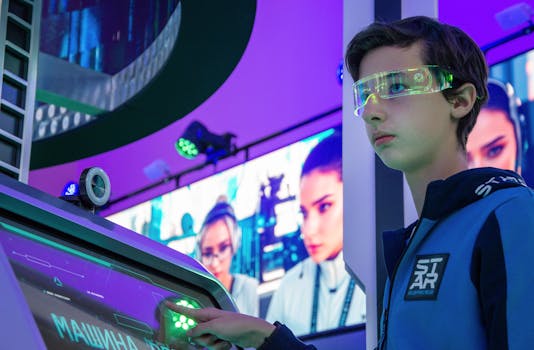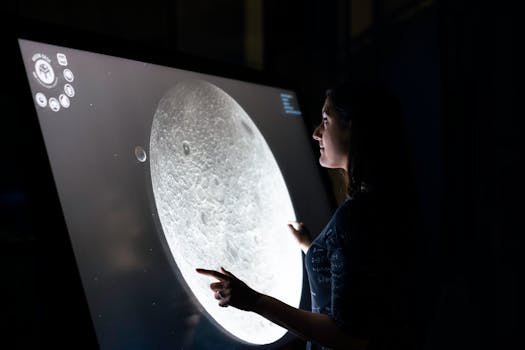
Exploring the Future: The Impact of Interactive Science and Technology Displays
Takeaways: Interactive science and technology displays are revolutionizing the way we learn and engage with scientific concepts. These exhibits offer hands-on experiences that captivate audiences, foster curiosity, and promote STEM education. As technology continues to evolve, the potential for these displays to inspire future generations is limitless.
In recent years, interactive science and technology displays have become increasingly popular in museums, science centers, and educational institutions. These exhibits not only showcase the wonders of science and technology but also provide visitors with hands-on experiences that enhance learning and engagement. From immersive virtual reality environments to touch-screen interfaces that allow for real-time experimentation, interactive displays are shaping the future of education and visitor experiences.
The Role of Interactive Displays in Education

By integrating interactive displays into learning environments, educators can create a more dynamic and engaging classroom experience. These displays encourage students to explore complex scientific concepts through hands-on activities and real-time feedback. For example, a digital interactive display on the human body might allow students to manipulate 3D models, explore anatomical structures, and understand physiological processes in a way that a textbook cannot convey.
Furthermore, interactive displays cater to different learning styles. Visual learners benefit from graphical representations, while kinesthetic learners thrive in environments that allow for physical interaction. This inclusivity ensures that all students have the opportunity to succeed in their studies and fosters a love for science and technology.
Enhancing Visitor Engagement in Museums

Interactive displays allow visitors to immerse themselves in the content of the exhibit. For example, a science museum might feature an interactive display that simulates an earthquake, allowing visitors to experience the effects of seismic activity firsthand. This level of engagement not only makes learning fun but also encourages visitors to think critically about scientific phenomena.
Moreover, interactive displays can help bridge the gap between scientific concepts and everyday life. By presenting information in relatable contexts—such as climate change, renewable energy, or health science—exhibits can inspire visitors to take action in their own lives. This connection to real-world applications is crucial in fostering a scientifically literate society.
The Future of Interactive Displays

As these technologies continue to evolve, we can expect even more innovative applications in interactive displays. For instance, VR could transport users to distant planets or inside the human body, providing experiences that were previously unimaginable. AR could layer digital information over physical exhibits, enriching the visitor experience and providing deeper context.
Additionally, data analytics can play a role in shaping the future of these interactive displays. By tracking user interactions and preferences, educators and exhibit designers can tailor experiences to meet the needs and interests of their audiences. This personalized approach can further enhance learning outcomes and visitor satisfaction.
Conclusion








